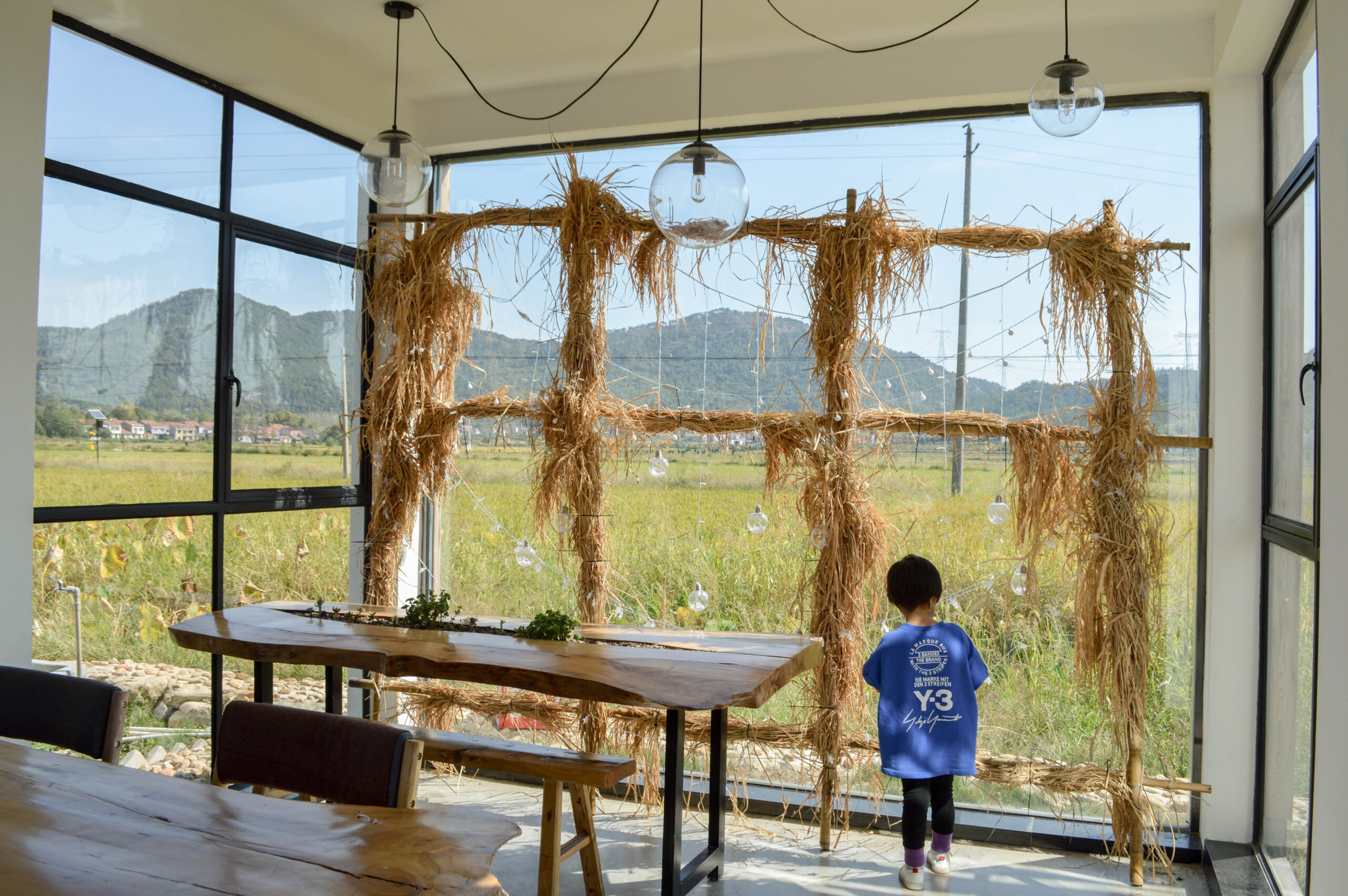Welcome to this sample section of text, designed to give you a sense of how real content will appear on a page. The sentences are intentionally structured in a natural, conversational way, so you can see what paragraphs of information might look like when formatted on your site. Think of it as a stand-in for your actual content, offering balance, rhythm, and flow for design testing.
When people land on a webpage, they usually scan before they settle in to read. That’s why it’s important for paragraphs to have a clear beginning and end, and for sections to be easy on the eyes. Even though this is placeholder content, it helps demonstrate how important pacing is in written communication. A page full of text without breaks can feel overwhelming, but paragraphs that breathe invite readers to stay longer.
This block of words is not tied to any subject matter, but it’s meant to suggest a tone that is welcoming and informative. Imagine this space filled with descriptions of services, stories about a brand, or instructions for participants. With around 600 words, the text length is substantial enough to see how your layout handles real copy, whether it’s displayed in a wide column or within a narrower section.
Consider also how headings, bullet points, or callouts might eventually be woven into your final draft. Right now, we’re focusing on paragraphs, but in practice, a well-designed page mixes short sentences with longer explanations. The result is a balance between readability and depth. You can experiment with typography, spacing, and background colors while this filler text acts as a stand-in for the finished product.
The beauty of placeholder writing like this is that it creates room for imagination. By seeing words in motion on the page, you can picture what visitors will experience. Do they glide easily through each section? Do the words align with the imagery and design choices? These are questions you can test long before publishing your final message.
In many cases, organizations use the traditional “lorem ipsum” style text, which is deliberately nonsensical. The problem with that approach is that it doesn’t truly simulate how real text will behave. This style of filler, on the other hand, offers rhythm, structure, and natural variety. Designers and clients alike can focus on the big picture without being distracted by broken Latin phrases.
By the end of this passage, you should have a clear sense of what several paragraphs of authentic-length content look like on a web page. This gives you the flexibility to adjust padding, margins, and font sizes before the final copy arrives. It’s not glamorous, but it’s one of the small details that helps ensure the finished website feels polished and professional.

Leave a Reply